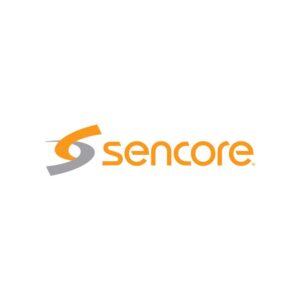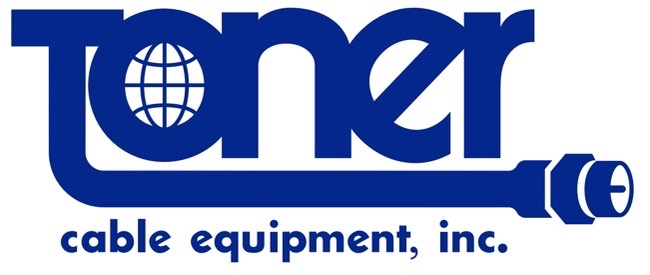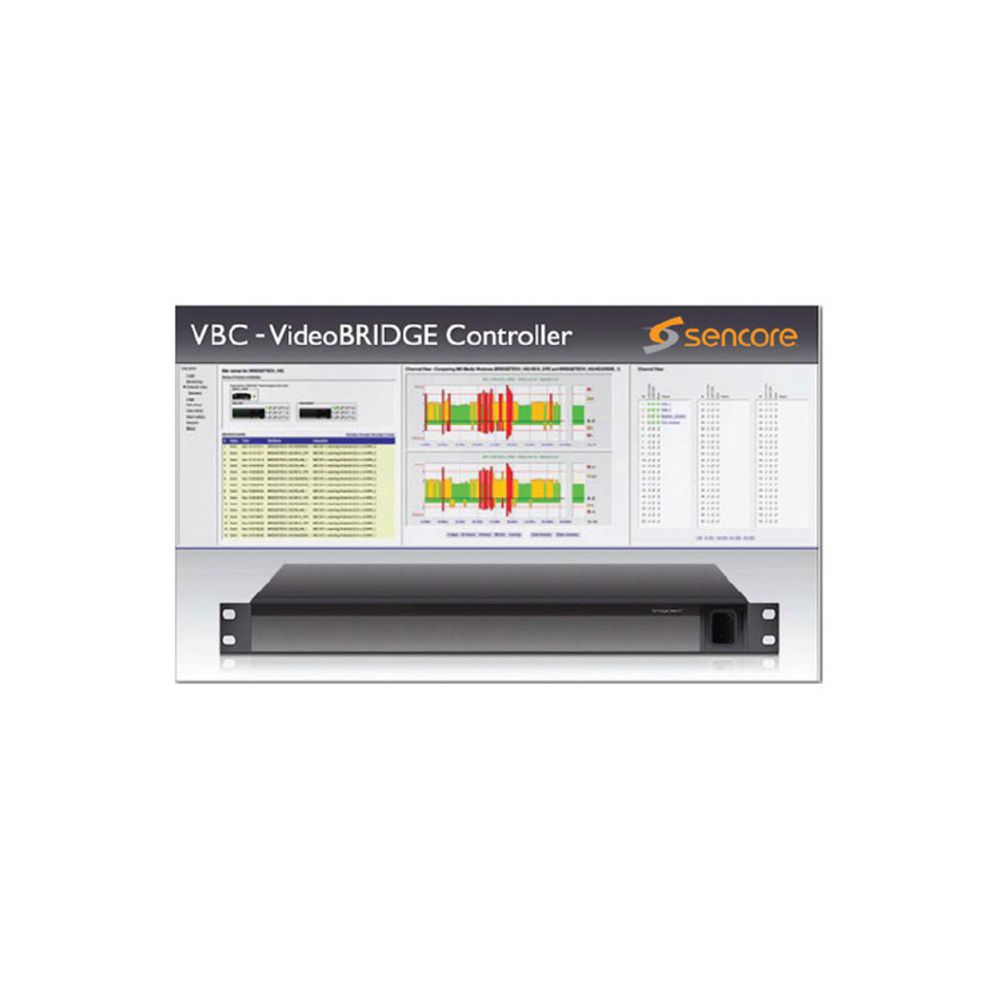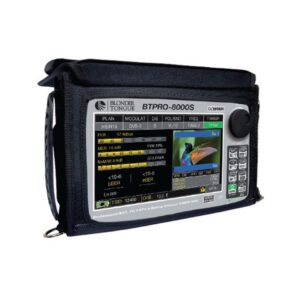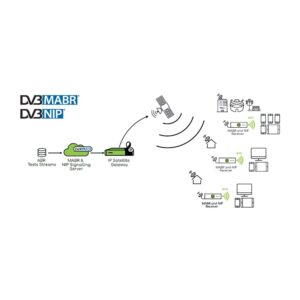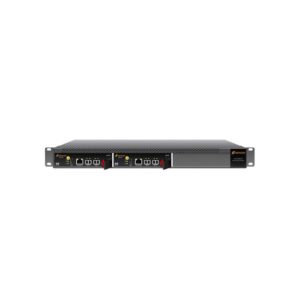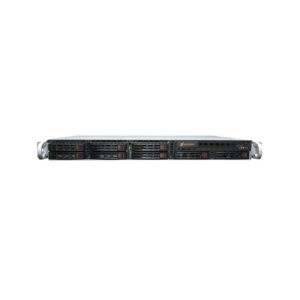VBC- System Monitoring Server
The Sencore controller (VBC) is a server application, its main purpose being to offer central control and management of all Sencore devices. The VBC gives unprecedented insight into network health and the flow of media streams. Key elements in the VBC are: configuration management, stream status monitoring, service status monitoring, 4-day historical data-display with the Microtimeline™ technology, SNMP multi-destination trap forwarding, alarm logging and PDF report generation. The users connect to the server by using a standard web browser as the client.
The VBC controller software is deployed in a Linux server environment offering powerful and standardised network access techniques such as SSH, telnet, FTP, XML, HTTP and SNMP. The VBC collects summarized data from probes and presents alarms filtered by user selectable thresholds and aggregation times, thus providing the high-level overview needed in a large system while still allowing drill-down for detailed alarm and measurement information.
At high supervision level in a large system, minor error incidents should be masked to avoid a confusing user interface. There is also the possibility of alarm storming due to a major error being reflected at several stages in the signal chain. In order to cope with these challenges the VBC uses two techniques: windowing functionality and alarm aggregation. The windowing functionality ensures that only persisting errors and errors occurring frequently will result in high level alarms. The total level of errors, summed over a specified time window, must exceed a threshold before a high level alarm is raised. Alarm aggregation merges similar alarms into one, thus making the user interface easier to interpret. Extensive use of links in the GUI ensures that it is easy to arrive at the right device views providing detailed information about a high level alarm. This ability to perform complete drill-down from top level to the individual IP-Probe and Content Extractor is invaluable in a fault-finding tool. The VBC provides multiple views to make it simple to obtain system status overview, and it makes previously unintelligible data meaningful. Error patterns are easily discovered, meaning that an error may be quickly pin-pointed and corrected.
As the VBC can be used for both high level monitoring and detailed signal inspection, it provides a common monitoring GUI for both non-technical staff and system engineers; this facilitates communication within the organization. Multiple browser-based clients can connect to the server through HTTP. Full access control with individual user preferences and setup is available. Only users with administrator rights are allowed to define new equipment sites consisting of one or more Sencore devices. Individual users are allowed to control already registered devices and to view gathered statistical data on a per site basis. Multiple site data views, combined with strict user access control, all add up to provide flexibility and uncompromising security.
The Reports option enables automatic or custom generation of enterprise level reports that visualize system performance trends in addition to presenting vital parameters such as service availability for both management and engineering use. The Reports option gives full SLA and proof-of-delivery functionality to the VBC system. With the TS service view option the VBC can present individual services from all probes for monitoring and comparison. The Service thumbs view displays thumbnail pictures for individual services, including services within an MPTS stream, provided that one or more VB280 Content Extractors are present in the system.
- Element control of all devices through HTTP/web
- Auto-detection of devices
- Aggregation of alarms with alarm storm avoidance features
- Blade alarm list displaying individual current and historical device alarms
- Scheduling allows alarm masking during specified time periods
- Real-time status for all FSM™ monitored services
- MICROTIMELINE™ view of last 96 hours of operation for individual streams and configurable stream groups• MICROTIMELINE™ view provides system overview at-a-glance
- Thumbnail and metadata view with the addition of the VB280 CONTENT EXTRACTOR module
- XML parsing and export of alarms and events
- Configurable access control supports different user roles
- No limit to the number of users accessing the VBC simultaneously
- Secure remote access via VPN or Internet for maintenance tasks
- XML parsing and export of alarms and events
- Multi-level alarm reporting and history
- Highly scalable for large national and international service providers
- File-based configuration storage and restoration
- Supports easy remote batch software upgrade of VideoBRIDGE devices
- Linux OS
- Easy integration with 3rd party NMS systems through XML and SNMP traps
Additional information
| Weight | 1 lbs |
|---|---|
| Dimensions | 1 × 1 × 1 in |
Brand
Sencore
